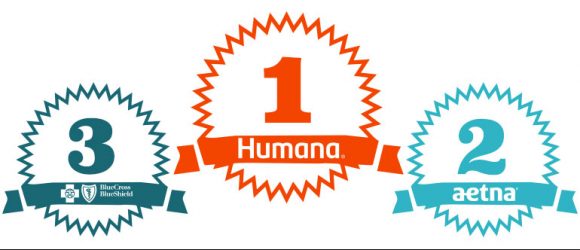‘Tis The Season: AEP and Real-time Assessment of the Customer Experience

Ahh, September. Air gets a little cooler, leaves start to turn, and routines start to take shape again. Plus, it marks the beginning of that special season for marketers. No, I’m not talking about “back to school,” football parties or even the holidays. I am referring to AEP – or Open Enrollment for health insurers. While it may not involve lots of food or twinkling decorations as it does for retailers, it is a critical fall “shopping” season.
And at this point, your marketing plans, advertising and armed sales teams are ready to go. You’re hoping to be the first out of the gate with relevant messaging, attractive pricing and positive word of mouth. So now you kick back and wait until March when the numbers shake out, right? Wrong.
Real-time assessment and review of your customers’ shopping experiences can not only make the difference in this year’s numbers but also give you a head start on improvements needed for next year. Many associate social media with “real time,” but for marketers, putting the final approval on any piece in any medium should really be just beginning the next step of evaluation. With that in mind, here are some suggestions of what you can do now to improve your current AEP marketing efforts:
- Measure call-to-action behaviors. What are you asking your customers to do – call? Visit a site? Go to a meeting? Take a look and see what people are actually doing – and think about adjusting your calls-to-action accordingly.
- Review call center reports. Do the employees answering the phone have the right tools/details to answer customer questions? Maybe you can arm them with a series of FAQs to help ensure relevant and consistent answers. If you have unique phone numbers you are using to track response, note them in real time. If you find a particular message is getting great response, perhaps there are marketing resources that can be refocused in that direction.
- Track meeting attendance or reservations. Is attendance lower than expected? If so, you can try a different time, day or venue, and maybe boost your efforts to get the word out. Is attendance higher than expected? If that’s the case, maybe you can schedule more meetings or try to collect contact information for further follow up.
- Don’t forget your website. You have a website and you keep it updated… but is it working as hard as it can? You need to be able to check site traffic statistics in real time. These analytics can tell you a lot about the success of your website: if people are spending a long time on the site, they’re probably finding information they need, but if they’re leaving quickly it might be because what they’re seeing isn’t helpful or valuable. Too often, websites are built with the information a team wants to push out instead of what a consumer or employer may want to know.
- Taking an even deeper dive, look at site visit patterns and referring traffic. Where are people coming from? If you are using paid search, what terms drive the most traffic? Also consider where you’re pointing people – if you buy a specific term, don’t send them to your home page, send them to the specific information that answers the term they searched. Finally, where do they go once they land? Don’t be fooled by high click-through rates – if you see a high abandon rate at a page, either the content isn’t working hard enough or people did not want to visit your site in the first place.
- Ask for weekly meetings with or updates from the sales team. Yes, they are busy selling, but they are your front line. What are they seeing and hearing? Do they have the proper tools on hand? Is there a breakdown in messaging, or is a huge opportunity emerging? Not only can the marketing team continue to support the sales team, but you want their feedback while it is fresh.
For some organizations, information is hard to come by. However, the organizations that spot potential trends and can be nimble in addressing those trends (positive or negative) have the best chance of success within this critical selling season. By having tracking plans in place before the selling season is in full swing, you can confirm the team has the right tools to report on and that you are able to solicit feedback as it happens. Enjoy the season!









